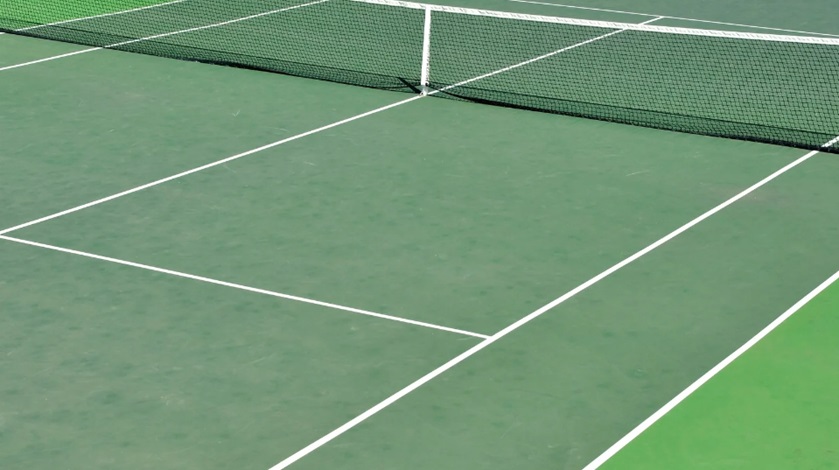When it comes to playing tennis, the type of court surface can greatly affect your game. Each surface has its own unique characteristics and requires specific maintenance and repair needs. Let’s take a closer look at the different types of tennis court surfaces and how to properly care for them.
Hard Courts
Hard courts are the most common type of tennis court surface, and they are used in many professional tournaments, including the US Open. They are made out of concrete or asphalt with a thin layer of acrylic coating on top. This makes them durable and able to withstand heavy use.
However, hard courts do require regular maintenance to keep them in good condition. The acrylic coating can wear down over time due to foot traffic and weather conditions, causing cracks and uneven areas on the court. If this happens, it is crucial to seek a professional for tennis court repair in Georgia so that the court can be resurfaced and leveled properly.
Clay Courts
Clay courts are made from crushed brick or shale, giving them their distinctive red color. They are known for being more forgiving on players’ joints and provide a slower game due to their soft surface. However, they also require more maintenance than hard courts. Therefore, knowing how to maintain a clay tennis court can be crucial to keeping your court in top condition and preventing costly repairs.
Clay courts need to be watered regularly to prevent the surface from drying out and becoming too hard. They also require daily sweeping to remove any debris or footprints that can affect play. Additionally, clay courts may need to be rolled or brushed periodically to maintain an even surface.
Grass Courts
Grass courts are known for being the fastest type of tennis court surface, with low bouncing balls and quick movements. However, they are also the most expensive surface to maintain and have the highest maintenance costs. The grass needs to be constantly mowed, watered, and fertilized to keep it in top condition. Regular aeration is also necessary to prevent the soil from becoming too compacted, which can affect play.
Grass courts are susceptible to wear and tear, especially during heavy use. Therefore, it’s important to rest the court periodically and rotate play in different areas to prevent excessive damage.
Indoor Courts
Indoor tennis courts can be made of various surfaces, such as carpet, hardwood, or rubber. These surfaces offer different playing experiences and require specific maintenance needs. For example, carpet courts need regular vacuuming and spot cleaning, while hardwood courts may need occasional sanding and refinishing.
Overall, indoor courts tend to have lower maintenance needs compared to outdoor courts as they aren’t exposed to weather conditions. However, regular cleaning and upkeep are still necessary to keep them in good condition.
Conclusion
Now that you have a better understanding of the various types of tennis court surfaces and their unique maintenance and repair needs, you can properly care for your court. Remember to look for the signs your tennis court needs to repair so that you can address any issues before they become bigger and more expensive problems. With proper maintenance, your tennis court can provide years of enjoyment for players of all levels. Keep playing!

